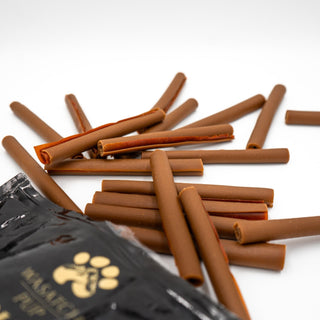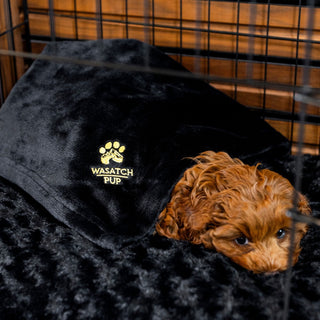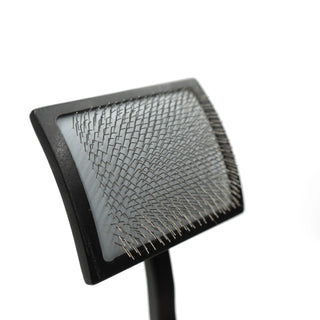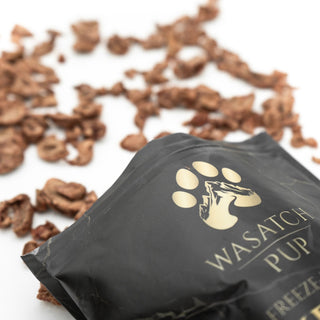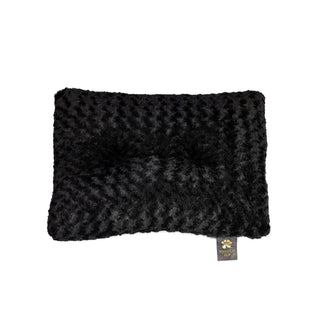Abstract
Selecting the appropriate feeding bowl for dogs is essential for their health and well-being. Among various materials, stainless steel bowls offer distinct advantages in terms of hygiene, durability, and safety. This article examines the benefits of stainless steel dog bowls, supported by scientific studies and expert opinions.

Introduction
Feeding bowls are a fundamental aspect of pet care, yet the material from which they are made is at times not seen as something of importance. This material can significantly impact a dog's health. Common materials include plastic, ceramic, and stainless steel. While each has its merits, stainless steel consistently emerges as the best choice for canine feeding bowls.
Hygiene and Bacterial Growth
Plastic bowls are prone to scratching, which can harbor bacteria even with regular cleaning. Chemicals such as bisphenol A (BPA) and p-benzyl hydroquinone found in some plastics can leach into food and water, posing health risks to dogs. Ceramic bowls, while aesthetically pleasing, can develop micro-cracks that trap bacteria, and some may contain lead in their glaze, which is toxic to dogs .

In contrast, stainless steel bowls are non-porous, meaning they don’t absorb bacteria or odors. They are also resistant to bacterial colonization, making them easier to clean and less likely to harbor harmful microorganisms. A study by Hartpury University found that plastic bowls contained the most bacteria after 14 days, while stainless steel bowls had the least bacterial growth .

Durability and Safety
Stainless steel bowls are durable and resistant to damage from chewing or impacts. Unlike ceramic bowls, which can chip or crack, and plastic bowls, which can warp, stainless steel maintains its integrity over time. This durability ensures that the bowl remains safe and functional for extended periods.

Maintenance and Cleaning
Maintaining a clean feeding bowl is crucial for a dog's health. Stainless steel bowls are dishwasher-safe and can be easily cleaned with hot, soapy water. Regular cleaning prevents the buildup of food residue and bacteria, ensuring that the bowl remains hygienic for daily use.

Conclusion
Stainless steel bowls offer numerous advantages over plastic and ceramic alternatives, including superior hygiene, durability, and ease of maintenance. Sure, stainless steel bowls might cost a bit more upfront, but their durability and safety make them a smart long-term investment. Your dog’s health and happiness are priceless, and having a clean, sturdy bowl is one simple way to support that.
Ready to upgrade your dog’s bowl? Choose stainless steel and give your pup the safe, durable feeding experience they deserve. Check out our collection of premium stainless steel dog bowls and treat your furry friend to the best!

References
PetSafe. (n.d.). Best material for your pet’s dish. Retrieved from https://www.petsafe.com/blog/best-material-for-your-pets-dish/
River Landings Animal Clinic. (n.d.). Why you should routinely clean your pet’s food and water bowls. Retrieved from https://www.riverlandingsanimalclinic.com/news/why-you-should-routinely-clean-your-pets-food-and-water-bowls
StickPets. (n.d.). 5 things you didn’t know about stainless steel dog bowls. Retrieved from https://stickpets.com/blog/5-things-you-need-to-know-about-stainless-steel-dog-bowls
The Environmental Literacy Council. (n.d.). What type of dog bowl is best?. Retrieved from https://enviroliteracy.org/what-type-of-dog-bowl-is-best/
The Spruce Pets. (2021). Our favorite dog bowl is stainless steel, but we tested nearly 40 more. Retrieved from https://www.thesprucepets.com/best-dog-bowls-4158721
Water Bowls: Bacterial Breeding Grounds. (n.d.). RCO Pet Care. Retrieved from https://rcopetcare.com/water-bowls-bacterial-breeding-grounds/
Why You Should Routinely Clean Your Pet’s Food and Water Bowls. (n.d.). River Landings Animal Clinic. Retrieved from https://www.riverlandingsanimalclinic.com/news/why-you-should-routinely-clean-your-pets-food-and-water-bowls



